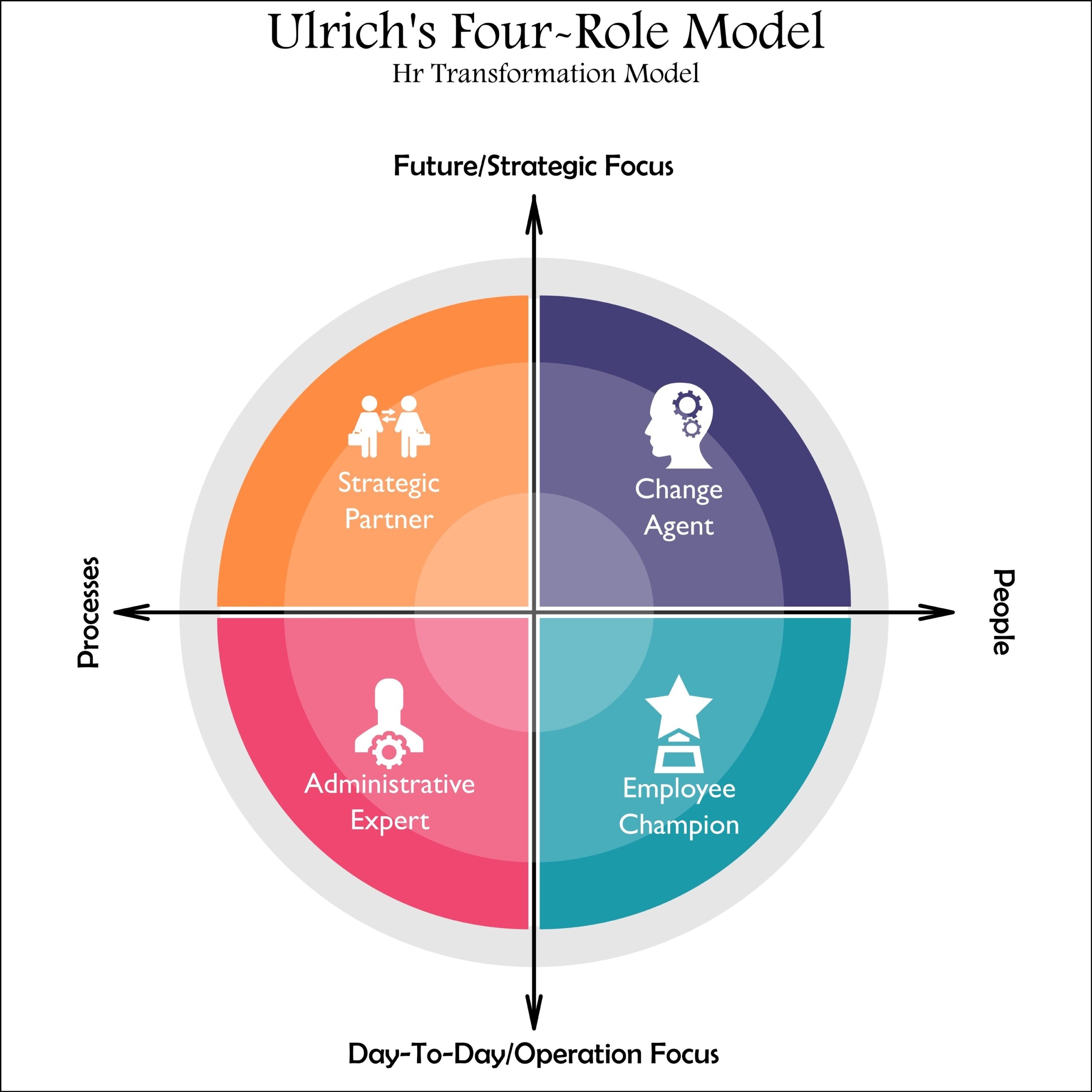
Higher Education: For our featured blog this week, Sarah spoke to Sravan Banerjee, Organisation Design and Change Management professional, who shared his insightful experience of a recent large scale change and transformation project that he led in the Higher Education sector, with a leading UK University.
Transformation – a word often used, maybe overused, that has numerous connotations on its own. It means different things to different organisations and even within the same organisation, there are multiple versions floating around.
However, the meaning of the word has never rung truer than during this unprecedented crisis we find ourselves in globally. Organisations today are battling challenges on multiple fronts not the least of which is how to stay operationally viable in the short term, but also take a long hard look at their longer-term operating model.
This challenge is sector agnostic and be it private or public most business leaders face similar challenges. The Higher Education sector interestingly has perhaps remained the last bastion – largely unchallenged in its ways of working and perhaps not feeling the need to challenge the status quo as much as other sectors.
But with Brexit looming, the unrelenting onslaught of the pandemic and mounting operational pressures, the Higher Education (HE) sector faces venturing into the unchartered territory of transformation not only at the operational level but at a more fundamental level around its model and ways of working.
I was fortunate enough to have worked for a world-renowned client in the HE Sector who, while remaining one of the crown jewels of the Higher Education, realised early on the need to change. They embarked on a transformation journey that would fundamentally change their operating model to set up a revolutionary Shared Service Centre which would allow them to drive scale and be operationally efficient through extensive use of technology. This would ensure the enabling functions were true Centres of Excellence offering specialist advice and were true partners to the schools and colleges. Equally, this allowed the schools and colleges to focus their energy on academic pursuits and excellence and avoid duplication of accountabilities and capabilities – thus making them more outward focused.
The engagement was a learning experience like few others, as this was a ‘first off the blocks’ journey, both in terms of the scale of operation, as well as the mindset change.
The key takeaways for me are as follows:
- Acknowledge the problem
The first step to fixing a problem is recognising there is one. My client was cognisant enough to recognise the challenges they faced in the coming years if they did not transform – hence felt the urgency to change. The critical takeaway for me here was how the senior figures within the University (including the Provost and Vice Provost) were starting to get behind the need to change. For me, that is one of the critical indicators of a successful change journey – the leadership recognising the problem and talking about it openly. Through that simple step, we had already started to make vital inroads into the change journey.
- Treat everyone as a customer
An interesting lesson I learnt was how the client shifted its focus to a more customer-centric model. What I mean by that is:
-The academic fraternity looking at their corporate partners driving research grants, as customers and slowly moving to a more commercially focused and outcome-driven partnership with them.
-The University treating its existing and incoming students as customers and changing the ‘Customer/Student Experience Journey’ by identifying the various touchpoints for a student, reducing the number of interactions, and making each interaction meaningful.
-The enabling functions treating the schools and colleges as their customers and getting into ‘providing a superlative advisory service’ mindset.
Change is not a dark room exercise where we go into a tunnel and magically emerge with a solution that works for everyone. It is painful, it is hard, and it takes courage. Most importantly it takes engagement with the right set of people to take them along on the journey. My client realised this early on in the process and set up numerous avenues to engage and interact with people (surveys, learning cafes, Communities of Practice) to ensure colleagues felt ‘they were doing it’ instead of ‘it being done to them’. It was not always easy. It did feel at times that we were regressing but carrying on the engagement process in the spirit it was started was ultimately the difference between success and failure.
- A shift in ways of working and mindset
Perhaps the single largest piece of the puzzle was the internal shift – not only in ways of working but what that meant for the operational mindset within the University. Of course, Op Model and Org Design helped translate strategy into ways of working and provided clear roles and accountabilities. But implementing that design required a broad change narrative around ‘the why’ and more importantly required the schools and colleges to be comfortable with the fact that some capabilities would not be dedicated/siloed into their structures. The critical message to get across was ‘they were not losing a capability’ but rather ‘gaining a multitude of specialist services’ that would free up their time to focus on what they love doing most. This was the key message we iterated again and again (and again) with our academic stakeholders. This open channel of communication was critical for success with my client and went a long way to support the implementation of the change journey.
- Eye of the prize
Lastly, one of the key things that my client did consistently well, was to keep their focus on the desired outcomes for the change. When kicking off a major transformation piece, it is very easy for it to snowball into something else entirely and before you know it, it has grown arms and legs and is an industry on its own. To prevent this from happening, my client had a set of 4/5 desired outcomes which were agreed at the very onset of the programme and from which they never wavered. This helped contain the scope of the Transformation piece effectively and just as importantly allowed us to iterate and re-iterate a set of key messages which ultimately became the engine for the change journey.
Sravan offers Organisation Design and Change Management services. You can find more about what Sravan on LinkedIn here.



